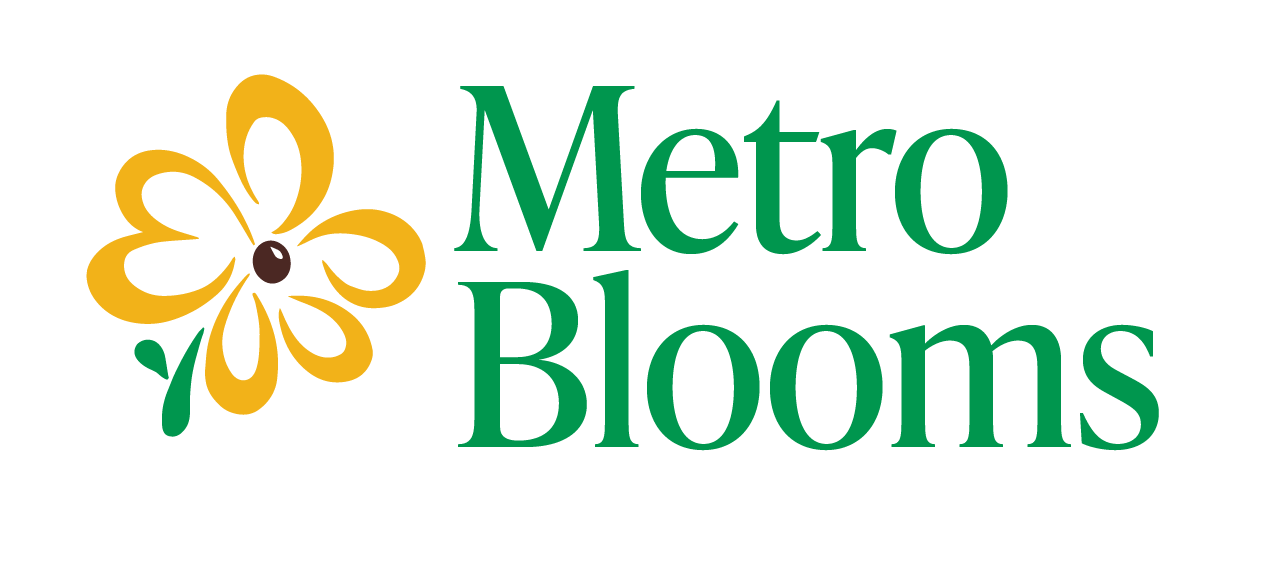Family: Rosaceae (Rose)
Scientific Name: Geum triflorum
Native Early Spring perennial favoring sunny, dry fields, prairies and open woodlands
Watch for: Bunches of red/pink flowers bursting into a fuzz-like “smoke”. Leaves divided into 7 or more leaflets, with hairy notches at the tips. Stem also hairy and reddish brown.
Other names: Old Man’s Whiskers, Three-flowered Avens, Torch Flower
History: The Blackfeet call the flower “so-ya-its” (lies on his belly). Boiling the plant in water, they can treat sore or inflamed eyes. A root tea is also used as a mouthwash for canker sores and sore throats. If mixed with grease, the root can be applied as a salve to sores, rashes, blisters, and flesh wounds. It can also be mixed with tobacco and smoked.
Tidbits: The dried root was officially listed in the US Parmacopoeia from 1820 to 1882 as an astringent. It contains gein, a phenolic glycoside. Prairie Smoke is also very popular with poets and photographers for it’s charismatic and unique flower.
Gardens/ Cultivation: Prairie Smoke is an attractive edge planting, favoring full sun to part shade. It can handle low-nutrient soil and has a moderate tolerance to general pollution and stress. It’s widely available in pots or seed, and doesn’t have any cultivars.
______________________________________________________
Sources:
Kindsher, Kelly. Medicinal Wild Plants of the Prairie: An Ethnobotanical Guide.
University Press of Kansas. Lawrence, Kansas, 1992.
Schmidt, Rusty and Shaw, Daniel. Plants for Stormwater Design Volume 2. Great River Greening, 2008.
